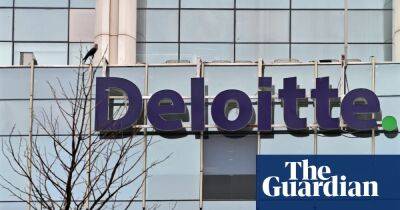The long term seems to be getting longer for online grocer Ocado
T im Steiner, chief executive and co-founder of Ocado, has learned over 20 mostly loss-making years how to put a positive spin on the numbers, but he has excelled himself. As the group reported a thumping full-year loss of £501m, caused in large part by a huge earnings reversal in its UK joint venture with Marks & Spencer, Steiner claimed the same operation had “shown its resilience”.
Really? OK, the UK business added customers and online market share, but they were about the only metrics going in the desired direction. Turnover fell 3.8% as customers trimmed the size of their online baskets and top-line earnings from the joint venture collapsed from £150m to minus £4m. Rather than a show of resilience, this looked more like a demonstration of how the online grocery model can be horribly inflexible from the point of view of the operator.
During the pandemic lockdown period, Ocado’s problem was that it didn’t have enough capacity to meet the sudden boom in demand. Now, after expanding rapidly to capitalise on what Steiner claimed in 2021 would be “a dramatic and permanent shift towards online grocery shopping”, it faces the opposite challenge: too many warehouses and robots.
The gap between capacity and the actual level of sales at Ocado is enormous. A new distribution warehouse opened in Bicester this year and another is coming soon in Luton. At that point, the company says it could make 700,000 deliveries a week, equating to annual revenue of about £3.9bn. Actual orders last year were more like 400,000 a week and turnover was £2.2bn.
Demand will catch up eventually because nobody doubts the quality of Ocado’s customer offer and service. But, as the company concedes, the process could take years. In an attempt to stimulate
Read more on theguardian.com














![Chainlink [LINK] is still heavily undervalued, according to this report - ambcrypto.com](https://finance-news.co/storage/thumbs_400/img/2023/3/9/59030_paoq.jpg)


